Closing a bike for elderly persons is not as straightward as closing one for children or young adults. In addition to usual factors such as performance of the bike, model, cost, e.t.c, there are other elderly-specific factors to consider in order to make the right choice. If you are in the market for a bike for a parent, relative, or friend who is in the latter stages of adulthood, it is important to understand that the bike must be chosen to accommodate the challenges and differences that are specific to the stage of life they are in. Failing to consider these factors would not only mean the elderly person might be completely unable to ride, but the bike could also put him/her at risk. So, what are these factors? Here’s a comprehensive list of 5 factors to help you decided which bike would best suit the elderly person in your life.
1. COMFORT AND ERGONOMICS
When buying a bicycle for an adult, check first for ergonomic features to make the riding process easy for one of their age. Ergonomics is the overall process of arranging systems and equipment in a way that makes it easy for people to use them. Some models of bicycles are agronomically designed to cater to the needs of specific groups of the population, and others have certain design features that make them great for older people. Check for the following features.

- Step-Through Frame: A step-through frame, also known as a low-step, is designed to make mounting and dismounting the bike easier. The absence of a top bar allows the rider to step through the frame rather than swinging a leg over, reducing the risk of falls. This is particularly beneficial for older adults who may have limited flexibility or balance issues.
- Comfort Saddle: The saddle is one of the most critical components for rider comfort. An older adult would prefer a bicycle with a wide, well-padded saddle that provides adequate support. Padding, such as gel or foam padding, can add extra comfort and a saddle with suspension can absorb shocks from bumps in the road, reducing discomfort during longer rides.
- Handlebar Position: A bike with an ergonomic handlebar design, such as swept-back or riser bars, can provide a more natural hand position and better control for older adults. Handlebars that promote an upright riding posture can help reduce strain on the back, shoulders, and wrists.
SAFETY FEATURES
When it comes to adults, safety is always paramount. For an older adult, it is important to choose a bike model that adopts a “safety first” approach to designing and manufacturing bicycles. Here are some safety features to check:

- Brakes: Bicycles with disc brakes, whether mechanical or hydraulic, are the best for older adults. First, disc brakes offer superior stopping power and control compared to traditional rim brakes, especially in wet or hilly conditions. Moreover, they require less force to operate, which is beneficial for those with weaker grip strength.
- Lights and Reflectors: Many modern bikes are suitable for older adults because they come equipped with front and rear lights, and additional reflective elements on the frame and wheels can enhance visibility to motorists and other cyclists. This additional safety measure reduces the level of risk.
- Low Center of Gravity: Bikes with a low center of gravity are generally more stable and easier to balance, making them perfect for adults. This is particularly important for older adults who may have reduced balance and coordination.
EASE OF USE
It is especially significant for elderly adults to select a bike that is comfortable and easy to use. One way to enhance ease of use is to buy bike models with modern technological features that facilitate the riding process. Here are a few examples.
-
Gears:The gear system should be easy to use and suitable for the terrain the rider will encounter. Unlike children and young adults, an elderly person is more likely to prefer simple terrains, so a bike with fewer gears might be preferable. Consider internally geared hubs for a cleaner, low-maintenance option.

- Electric Assist: E-bikes, or electric bikes, provide pedal assist, which can be incredibly beneficial for older adults. The motor assists with pedaling, making it easier to tackle hills and longer distances without excessive effort. This can enhance the overall riding experience and make cycling more accessible.
ADJUSTABILITY
Some bike models come with adjustable parts, making it possible to customize and set up the bike to the specific needs and preferences of the rider. Adjustable bikes can be an excellent option for older adults whose riding preferences usually differ from those of younger bike riders. Here are some adjustments to consider:
- Seat and Handlebar Adjustments: Bikes that allow for easy adjustments of the seat height and handlebar position can help adults achieve a more comfortable and customized fit.
- Suspension: Front suspension forks or full suspension systems can absorb shocks from uneven terrain, providing a smoother ride. This can be a well-appreciated feature for elderly riders, particularly on rough or unpaved paths.
5. WEIGHT AND SIZE
Lightweight Frame: For an elderly rider, consider a bike made from lightweight material. Such bikes are easier to handle, especially when maneuvering or lifting them onto a bike rack or into storage. Aluminum and carbon fiber frames are popular choices due to their strength and lightweight.
Size: Ensuring the bike is appropriately sized for the elderly rider is crucial for comfort and control. A bike that is too large or too small can be uncomfortable and more challenging to steer and manage. Most manufacturers provide size charts based on height and inseam measurements to help find the right fit.
RECOMMENDATIONS FOR SPECIFIC BIKE TYPES FOR ADULTS.
CRUISER BIKES
Cruiser bikes often feature wide tires, comfortable saddles, and easy-to-use gearing systems. With their more relaxed geometry, cruiser bikes are perfect for elderly riders who generally prefer flat, paved surfaces and leisurely rides.

With a Handlebar Length of 25.2 in. (64 cm), the Viribus Cruising Bike for Women would be a perfect bike for elderly females. The carbon steel frame is solid and dependable, and with both front and rear baskets, the VB Cruising bike is perfectly suitable for daily tasks such as errands and grocery shopping.
ELECTRIC BIKES (E-BIKES)
Providing pedal assist ability, e-bikes can make riding easier and more enjoyable, especially for older adults who may struggle with hills or longer distances. E-bikes come in various styles, including comfort, cruiser, and hybrid models, catering to different needs and preferences.

The Viribus Breeze Step-Thru Electric Bike, for example, is a perfect cruiser bike for adults. Powered by a 48V, 500W (peak 1000W) motor, the Breeze Step Thru reaches a comfortable top speed of 20 Mph with throttle and 24 Mph with pedal. Its aluminum frame is solid and reliable, and with a pedal assist system, older riders can ride for longer distances without fatigue.
By focusing on these aspects and taking the time to test different models, older adults can find a bike that enhances their riding experience and meets their specific needs. Whether it’s for leisurely rides around the neighborhood, running errands, or exploring new trails, the right bike can make cycling a pleasurable and sustainable activity for years to come. Check out Viribus for more exciting and informative blogs on bicycles, including the top 6 reasons why couples should cycle together.

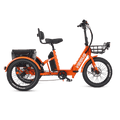
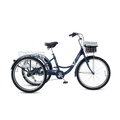
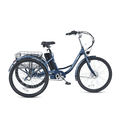
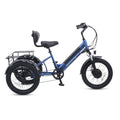
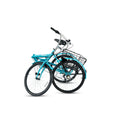
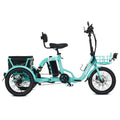

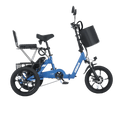
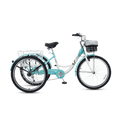
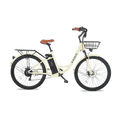

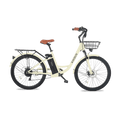
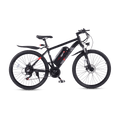
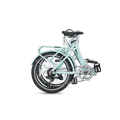
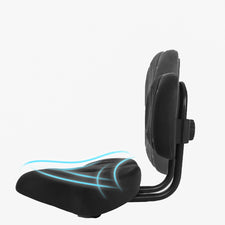





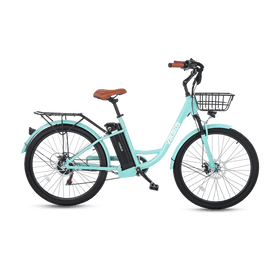
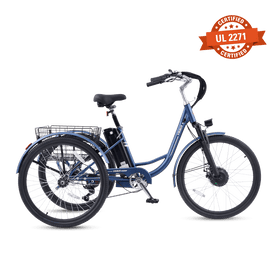
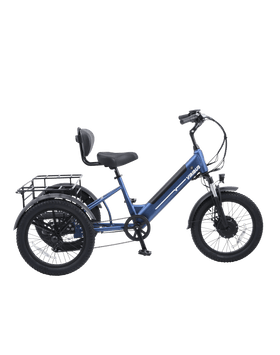



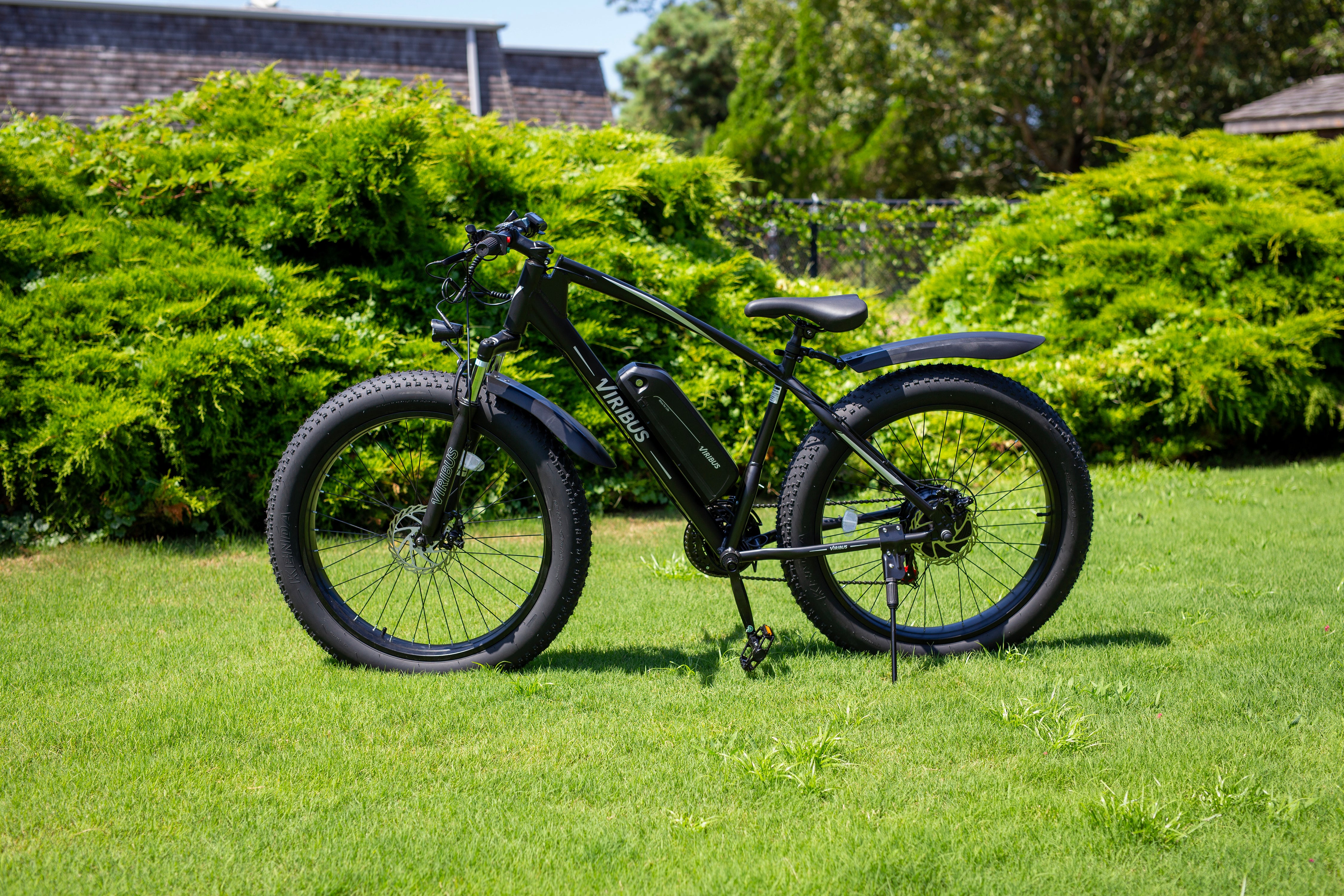
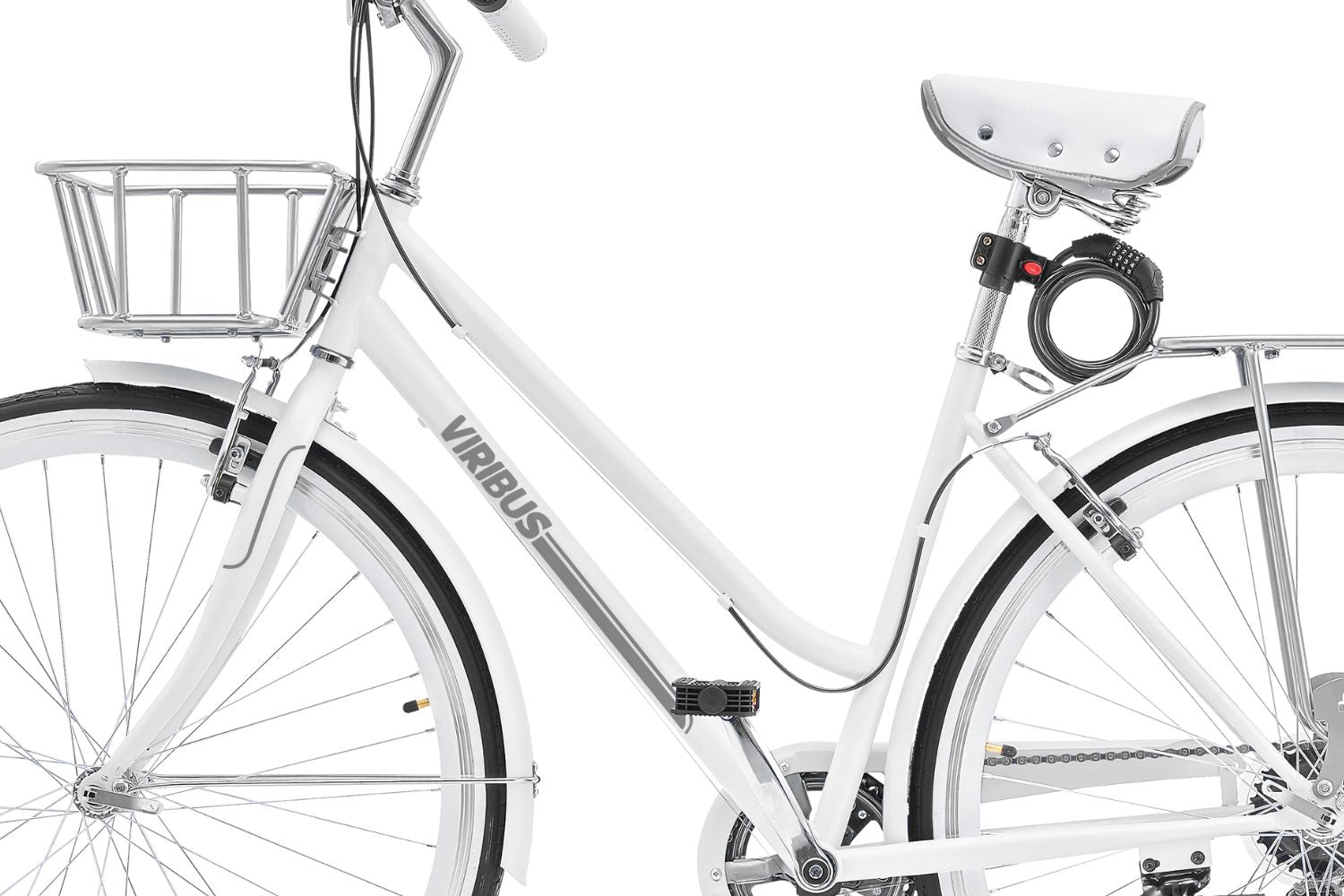
Leave a comment
All comments are moderated before being published.
This site is protected by hCaptcha and the hCaptcha Privacy Policy and Terms of Service apply.